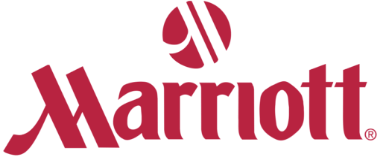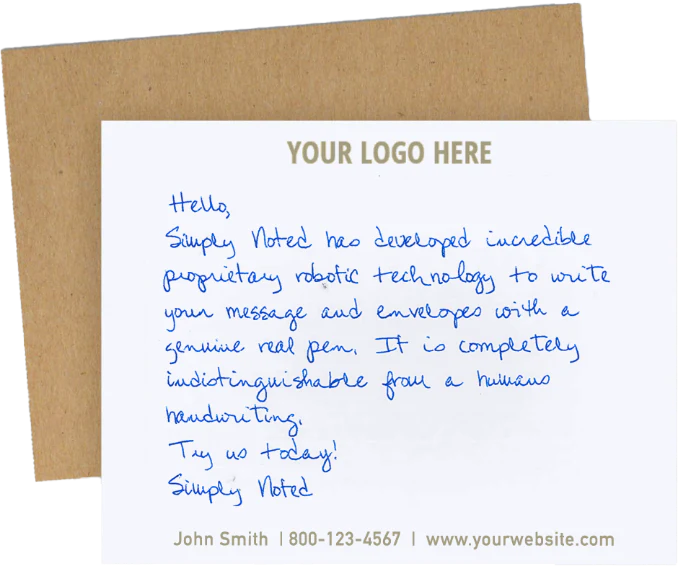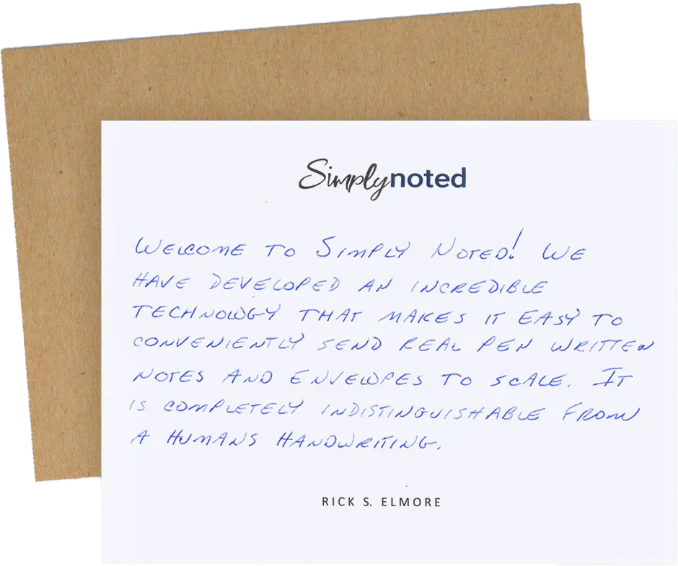The Ultimate Guide to Running a Successful Business Meeting

The Ultimate Guide to Running a Successful Business Meeting
An essential guide to organizing a productive business meeting is here so your organization can reach its success and make key decisions efficiently. Time management during a meeting is essential. The result of this gathering could significantly impact your company’s growth. Ensure you effectively use collaboration and decision-making for every successful assembly to give momentum to progress!
Key Takeaways
- Understand the types of business meetings and their functions.
- Plan, prepare for, and conduct a meeting effectively with clear goals, an agenda & informed participants.
- Follow up after the meeting to track progress and action items while sending recap emails for accountability.
UNDERSTANDING BUSINESS MEETINGS
Business meetings are essential for the success and smooth functioning of any organization. They serve to promote collaboration, group discussion, and decision-making, as well as finding solutions among staff members while connecting them with higher-ups in management, such as the CEO. Formal gatherings bring everyone together around a particular purpose. Whether it’s held at an office or virtually — busy people from all departments can unite to reach one goal: maximizing their company’s potential outcomes.
For the successful conduct of business activities by project managers/company owners alike, being familiarized with different types of meetings is necessary. Knowing each type of meeting and type’s purposes aids these stakeholders in accomplishing tasks optimally so that whole organizations may benefit accordingly — this knowledge should be incorporated into strategy formation accordingly when possible!
TYPES OF BUSINESS MEETINGS FOR EFFECTIVE COLLABORATION
Business meetings and their recognition as bad or not are essential in promoting efficient communication between team members. Depending on the purpose of the gathering, it could be either formal based on its organization’s stipulations like rules and articles or informal to discuss topics such as progress since the last meeting. Regular meetings and conferences are necessary for successful workflow upkeep so that everyone is kept up-to-date with updates within the business.
These kinds of events mainly encompass three categories: Information sharing encounters where facts get exchanged, getting-together gatherings that build relationships among managers, and decision-making/troubleshooting sessions to work through dilemmas.

Information Sharing Meetings
Gathering for a meeting is an effective way of ensuring everyone understands each other and collaborates as a whole. Two examples are status update meetings, meant to track progress on team projects, and idea-sharing sessions, which serve as platforms for interactive discussions among teammates.
To get value out of these meetings, specific goals or objectives must be set ahead of time so participants can direct their conversations towards generating new ideas, forming strategies, finding areas that need improvement within the entire company structure, problem-solving together, plus boosting collaboration between them all – resulting in potential success with novel product ideas giving your business its competitive edge!
Team-Building Sessions
Team-building sessions are aimed at reinforcing the loyalty and participation of personnel, allowing them to interact socially and build personal relations that benefit the organization. These meetings usually occur outside the office to improve spirit and strengthen relationships between team members.
For instance, celebrating a successful launch of a new product could be carried out cooperatively by everyone attending a nearby eatery. This way, they will forge a positive work ambiance and stimulate open communication amongst each other while helping increase general company success.
Decision-Making and Problem-Solving Meetings
Company issues can be effectively discussed, considered, and decided upon during decision-making and problem-solving meetings. These get-togethers assess the data to determine potential courses of action that may lead to progress. To make this process run smoothly, leaders of the project team should plan multiple gatherings for participants so they have enough time to gather information before discussing solutions, which will then be voted on as a means for reaching decisions everyone agrees with. This ensures all opinions are taken into account when making essential company choices.

PLANNING AND PREPARING FOR A BUSINESS MEETING
For a successful business meeting, the proper planning and preparation are essential. This includes setting objectives, creating an agenda with all relevant information for participants to review before attending, inviting attendees in advance so they can be organized into seating arrangements, and ensuring any technological needs have been set up and tested prior.
Introducing yourself to other attendees is important at the start of the discussion. Likewise, having hard copies on hand, including an overview agenda and presentation material, helps Focus attention during this significant event.
Setting Clear Goals
The key to a productive meeting lies in determining precise goals. Formulating attainable, relevant, and measurable objectives can improve the efficiency of team efforts while raising the likelihood of success. Breaking tasks into smaller steps helps keep conversations on track and prevents them from getting off-topic.
Development must be consistently tracked throughout its duration to remain on time and accomplish set aims, measurable milestones used along the way permitting all participants an assessment of progress - thus enabling any necessary readjustments before completion.
Creating an Agenda
Generating an organized meeting agenda is essential to guarantee a concentrated and productive meeting. The outline should include the topics to be reviewed, the precise aims of the gathering, and how much time each topic has been allocated. When everyone receives this document in advance, they can come equipped with relevant information during meetings.
Having an effectively structured schedule:
- It helps keep up the momentum throughout by lessening the duration of the conference.
- Ensures that all are not wasting their precious energy on unnecessary matters.
- Gives participants a chance to focus on the most important points - Avoids misuse or loss of any available session hours, Resulting in rewarding outcomes for those present at events.

Inviting and Informing Participants
When organizing a business meeting, inviting and notifying those involved is essential. Utilizing email communications to extend an invitation and gain confirmation of attendance from each person is the suggested protocol. If there’s no response, one should call or see them in person.
The goals for the event have to be made clear, as well as the date, venue meeting time, plus any other relevant details so that attendees are aware of what’s being expected from their presence. A successful conference needs participants with adequate information about it before entering such an occasion – the purpose of gathering along with timing/location data included.
CONDUCTING THE MEETING: BEST PRACTICES
Successful business meetings are about efficiency, engagement, and making the most of technology; best practices must be applied to ensure this. Making sure all attendees show up on time dressed appropriately is vital. Actively listening, having devices switched off, and allowing everybody to air their views represent respect for people’s time and promote focused discussion. Going into key elements such as meeting management, participant involvement, and using tech correctly will also make an effective meeting successful.
Time Management
Successful business meetings require efficient time management. Punctuality and staying on topic throughout the gathering are essential to show respect for everyone’s attendance. If conversations stray away from meeting objectives, it’s necessary to save more in-depth talk for a different setting save time or day. All attendees should have arrived before beginning any discussions so they understand the aim of the business gathering right off the bat. Timely completion to assign tasks is essential as well. This conveys value for people’s input into making these events successful overall.

Engaging Participants
Motivating attendees and fueling communication during meetings by encouraging active engagement is essential. Demonstrating good listening skills shows respect for others. This involves looking directly at the speaker, nodding in agreement, or writing down key points to acknowledge what has been said.
Creating a space where everyone’s opinion can be heard enables their perspectives to contribute towards decision-making processes, potentially leading to project success while also making participants accountable and promoting ownership of ideas. Stimulating open conversation forms an atmosphere that nourishes innovative thoughts so all involved can reap its benefits.
Utilizing Technology
The role that technology plays in enhancing the meeting experience and collaboration is of paramount importance. This tech-driven approach to many aspects of life, such as education, business operations, and everyday activities, can improve performance levels in productivity, efficiency, and effectiveness.
To make use of technological advances during meetings, a variety of associated solutions are available – for example, video conferencing software may be used when conducting remote interactions. Various presentation tools could also help share information between parties involved, while collaborative online platforms allow teams to work together on shared projects successfully.
While making good use of these advancements, it’s important not to forget about other factors related to costs, training requirements, and potential security risks; all must be considered before proceeding with any plans.
FOLLOWING UP AFTER THE MEETING
Staying on track and being held accountable is essential, so following up after a business meeting is imperative. Demonstrating gratitude towards all the participants for devoting their time should make them feel valued and respected. Planning for future meetings will help sustain the momentum and progress of objectives set out in the first meeting.
It’s significant to discuss whether or not the desired outcome was obtained during the session and look into strategies that can optimize success levels when holding another gathering, such as sending minutes and recaps while keeping an eye on action item development.

Sending Meeting Minutes and Recap
Organizers should send meeting minutes and a recap to ensure that those in attendance are aware of the outcomes. This includes listing who was present, specifying the date/time of the meeting's agenda, agenda as well as its key points, any decisions made and action items required for the successful completion of the project. Such communication helps keep everyone on the same page regarding the progress made so far and leads to a practical path forward.
Tracking Action Items and Progress
It is vital to allocate responsibilities, monitor task progress, and check in with team members to hit goals. Appointing who will do what and setting target dates can aid the group in staying responsible for accomplishing objectives. Utilizing a spreadsheet, project management software, or other tools effectively keeps track of assignments, task owners, and due dates.
Recurring check-ins between individuals should be done so that updates on their work can be tracked continuously while ensuring everyone remains focused and reaches the desired outcomes from the next meeting.

Summary
Organizing and facilitating a successful business meeting for a whole group is essential for any company’s success through careful preparation, including setting achievable meeting goals, constructing comprehensive agendas to keep meeting participants well engaged, utilizing modern technology tools, and tracking progress. This ability can be honed, allowing your organization to reach its fullest potential through collaboration and decision-making processes beginning with proper meetings.
Frequently Asked Questions
What are the types of business meetings?
Business meetings come in many forms, including Status Update Meetings, Decision-making Meetings, Problem-Solving Meetings, Team-Building Meetings, Idea-Sharing Meetings, Innovation Meetings, Brainstorming Meetings, One-on-One Meetings, Quarterly Planning Meetings, and Check-in Meetings. Additionally, there are Information-sharing Meetings, Learning Workshops, and Training Sessions.
What is an example of a business meeting?
Business gatherings can include a range of functions, such as finance committee conferences, board meetings, and annual shareholders’ assemblies. Informal dialogues are organized to debate topics relevant to everyday operations or policy decisions. While team sessions center on supplying status reports regarding tasks connected with the business project.
How can I make my information-sharing meetings more effective?
Before information-sharing meetings, setting well-defined goals and objectives is essential for the meeting’s desired outcome to be achieved. During these gatherings, all involved must partake in an expansive discussion to guarantee success.
How can I ensure active participation in meetings?
In particular point, to develop a productive and exciting atmosphere, we should stimulate open dialogues as well as solicit feedback from everyone involved. Creating an encouraging ambiance will foster active contribution in meetings. We can do so by inviting opinions and promoting support amongst those present.























